Not only does it have a unique appearance, pho made from a common tuber in Quang Nam also helps diners stay full for a long time.
Cassava Pho is a famous specialty of Dong Phu (Que Son district, Quang Nam province), impressive for its appearance and ingredients unlike any other type of pho commonly found in Vietnam.
Pho, when uncooked, has a net-like shape and is made entirely from cassava. This is a familiar root vegetable, found in many provinces from North to South.

Ms. Le Thi Kim Anh - owner of a business specializing in the production and distribution of tapioca noodles in Que Son said that the reason this type of noodle has an eye-catching appearance is because the texture of tapioca flour is more special than rice flour.
“Because the tapioca starch is sticky like glue but not flexible, easily broken and difficult to separate from the grill after drying, the locals have to pull the noodles into a net shape. When taking the tapioca noodles out of the grill, just hold one end and pull gently.
The pho is not only not crumbly but also looks attractive,” said Ms. Anh.

To have such an eye-catching appearance, Dong Phu tapioca noodle soup requires a meticulous preparation process with main steps including: grinding flour, soaking flour, cooking, beating flour, and pressing pho.
First, the locals must choose good cassava, process it within 2 days after harvesting by peeling it, soaking it, and then drying it.
The cassava is then peeled a second time to make it really white and then dried. The dried cassava is ground into a fine powder, soaked and filtered for 3-5 days and nights (changing the water and stirring the powder 4-5 times each day) before being cooked and pressed into pho noodles.
“Making delicious cassava noodles is a process that takes several days, depending on the place and the secret recipe of each person. During the time of soaking and filtering the flour, people have to keep an eye on the time to change the water regularly. The cooking stage is probably the most difficult.
The pot of flour is cooked for 40 minutes and must be stirred frequently to avoid burning. In the past, people stirred by hand, which was very laborious because the flour was sticky and heavy when almost done.
With the support of today's machines, this step has become easier but still requires the worker to have experience to recognize whether the dough is cooked to the right standard and has the right consistency," Ms. Anh added.

After pressing and shaping the noodles, to make the dish more delicious and of guaranteed quality, the locals also have to “watch” the weather. Usually, cassava noodles are dried on sunny days. After drying, the noodles are dry, crispy, clear, and ivory-white in color.
In Que Son, cassava pho can be made into many attractive dishes, but the most delicious and popular is cassava pho with snakehead fish, eaten with young banana tree vegetables (young banana tree stems).
The interesting thing is that tapioca noodles only need to be soaked in cold water (or warm water) for about 5 minutes, then taken out and drained to become soft and chewy noodles that can be transformed into different dishes without having to be boiled or blanched.
“Sag pho is delicious in either liquid or dry form and goes well with mixed dishes like salads.
Depending on the location and individual preferences, cassava pho can also be created into diverse dishes such as: vegetarian cassava pho, cassava pho with passion fruit sauce, fried cassava pho, cassava pho spring rolls, Thai-style sweet and sour cassava pho, etc.,” Ms. Anh suggested.

Not only can it be made into many delicious dishes, cassava pho is also rich in fiber, helping you feel full for a long time. It is also said to contain resistant starch (a type of starch that the body cannot break down to use as energy), so it is less fattening.
Source


![[Photo] President Luong Cuong attends the 80th Anniversary of the Traditional Day of Vietnamese Lawyers](https://vphoto.vietnam.vn/thumb/1200x675/vietnam/resource/IMAGE/2025/10/09/1760026998213_ndo_br_1-jpg.webp)


![[Photo] General Secretary To Lam visits Kieng Sang Kindergarten and the classroom named after Uncle Ho](https://vphoto.vietnam.vn/thumb/1200x675/vietnam/resource/IMAGE/2025/10/09/1760023999336_vna-potal-tong-bi-thu-to-lam-tham-truong-mau-giao-kieng-sang-va-lop-hoc-mang-ten-bac-ho-8328675-277-jpg.webp)
![[Photo] Prime Minister Pham Minh Chinh chairs a meeting of the Government Standing Committee on overcoming the consequences of natural disasters after storm No. 11](https://vphoto.vietnam.vn/thumb/1200x675/vietnam/resource/IMAGE/2025/10/09/1759997894015_dsc-0591-jpg.webp)







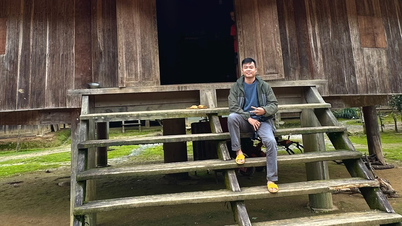

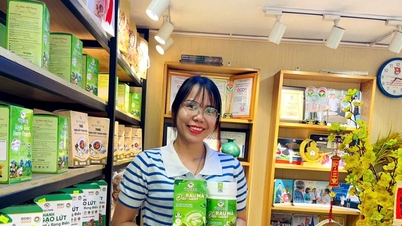





















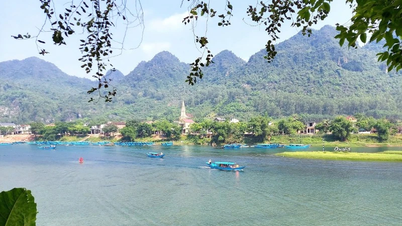












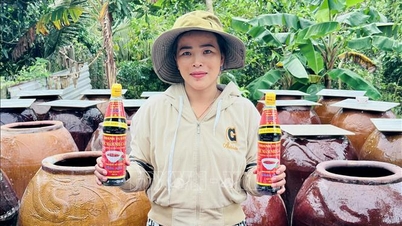










































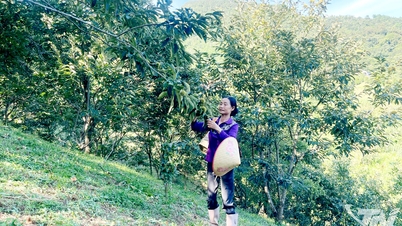



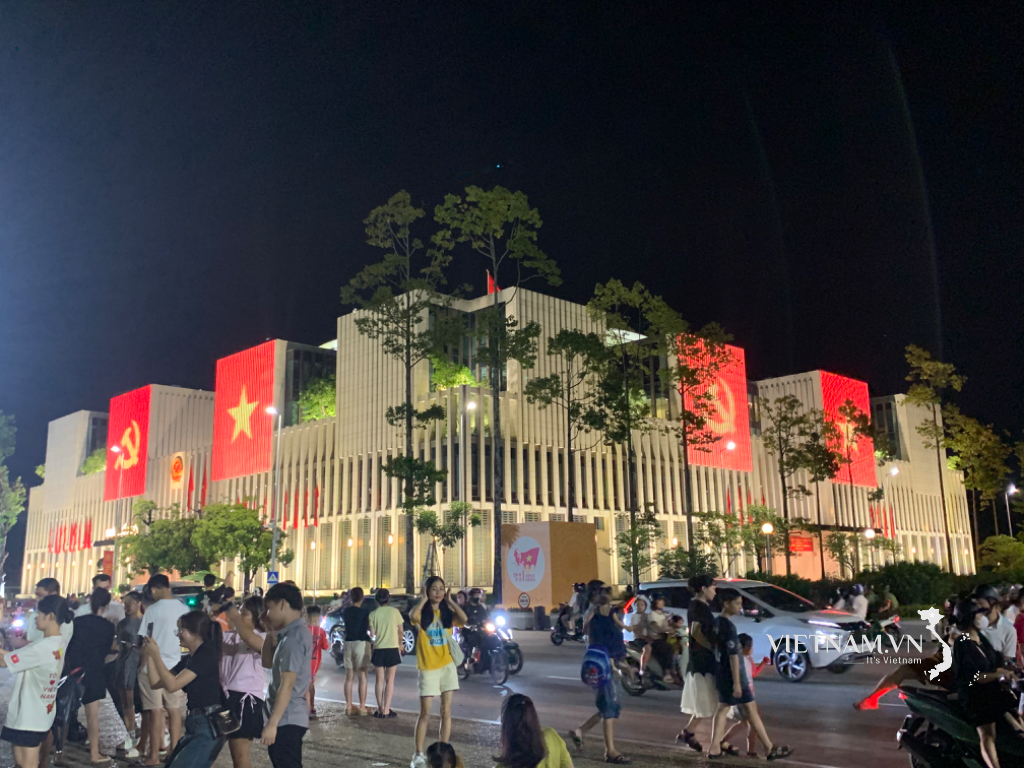
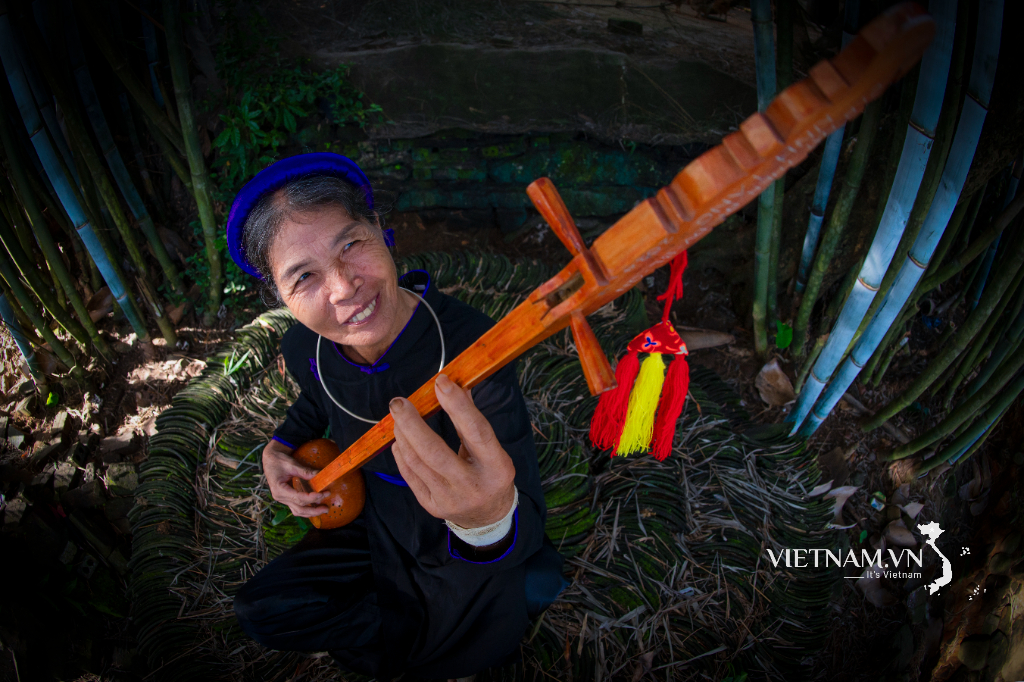

Comment (0)